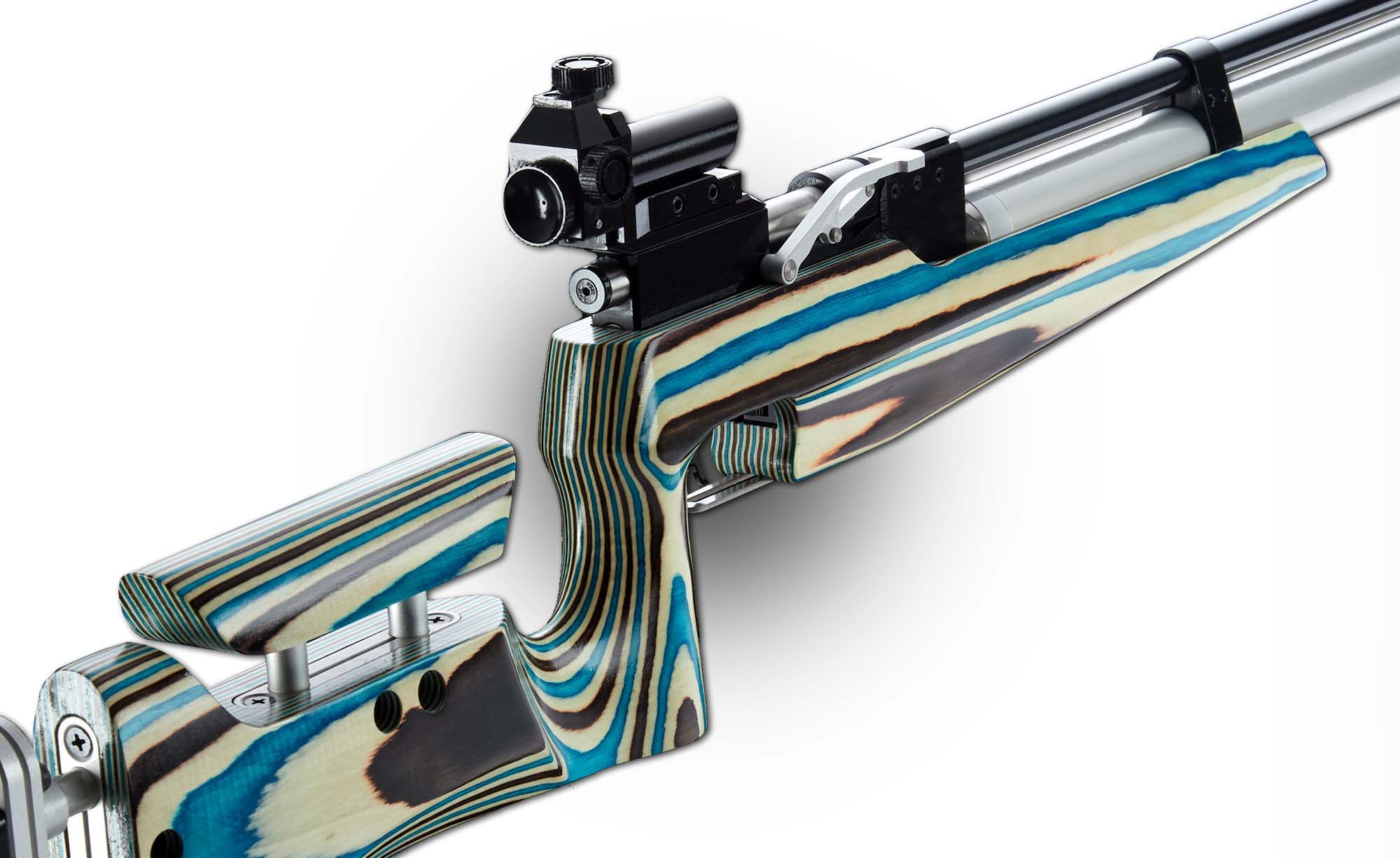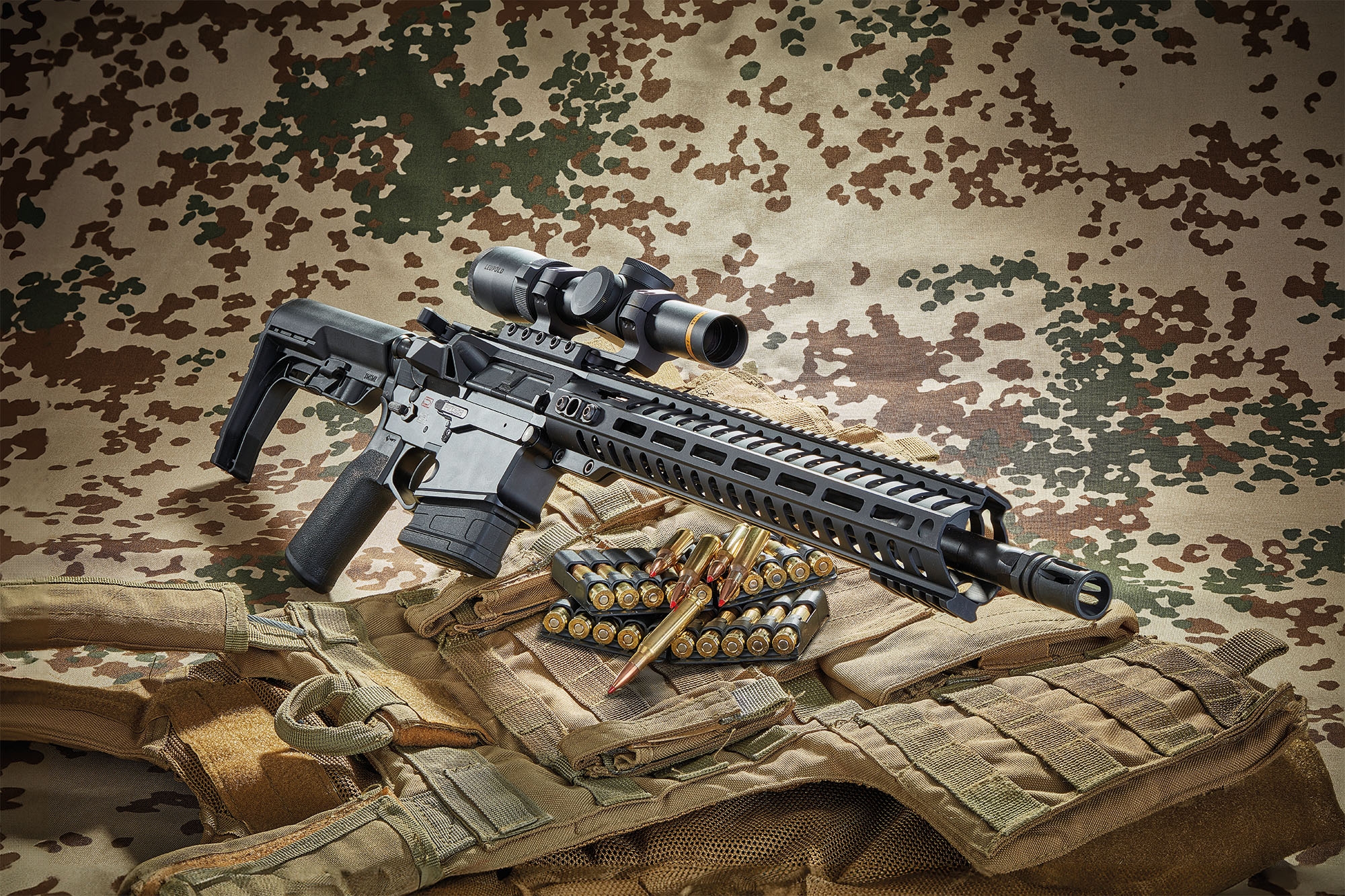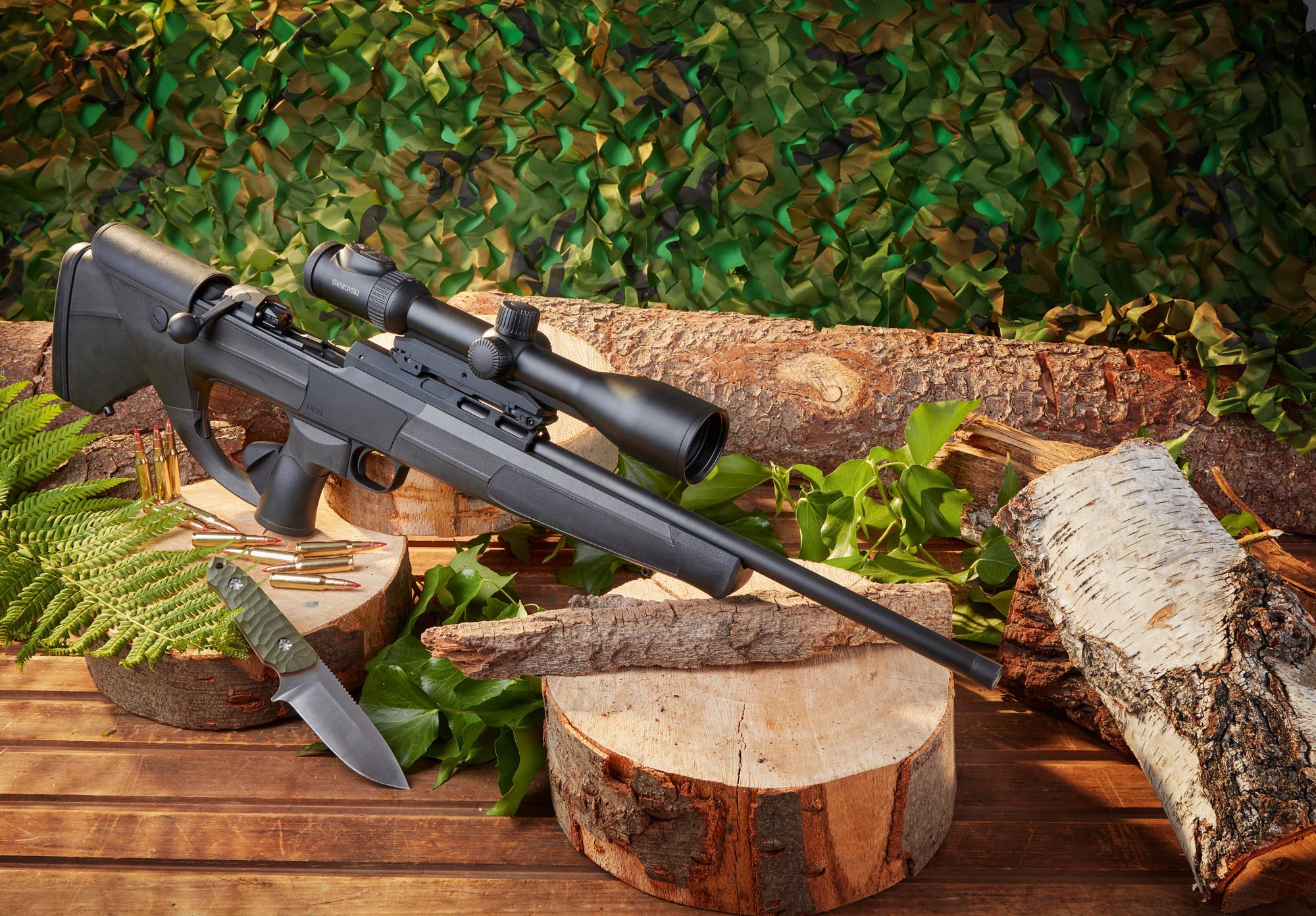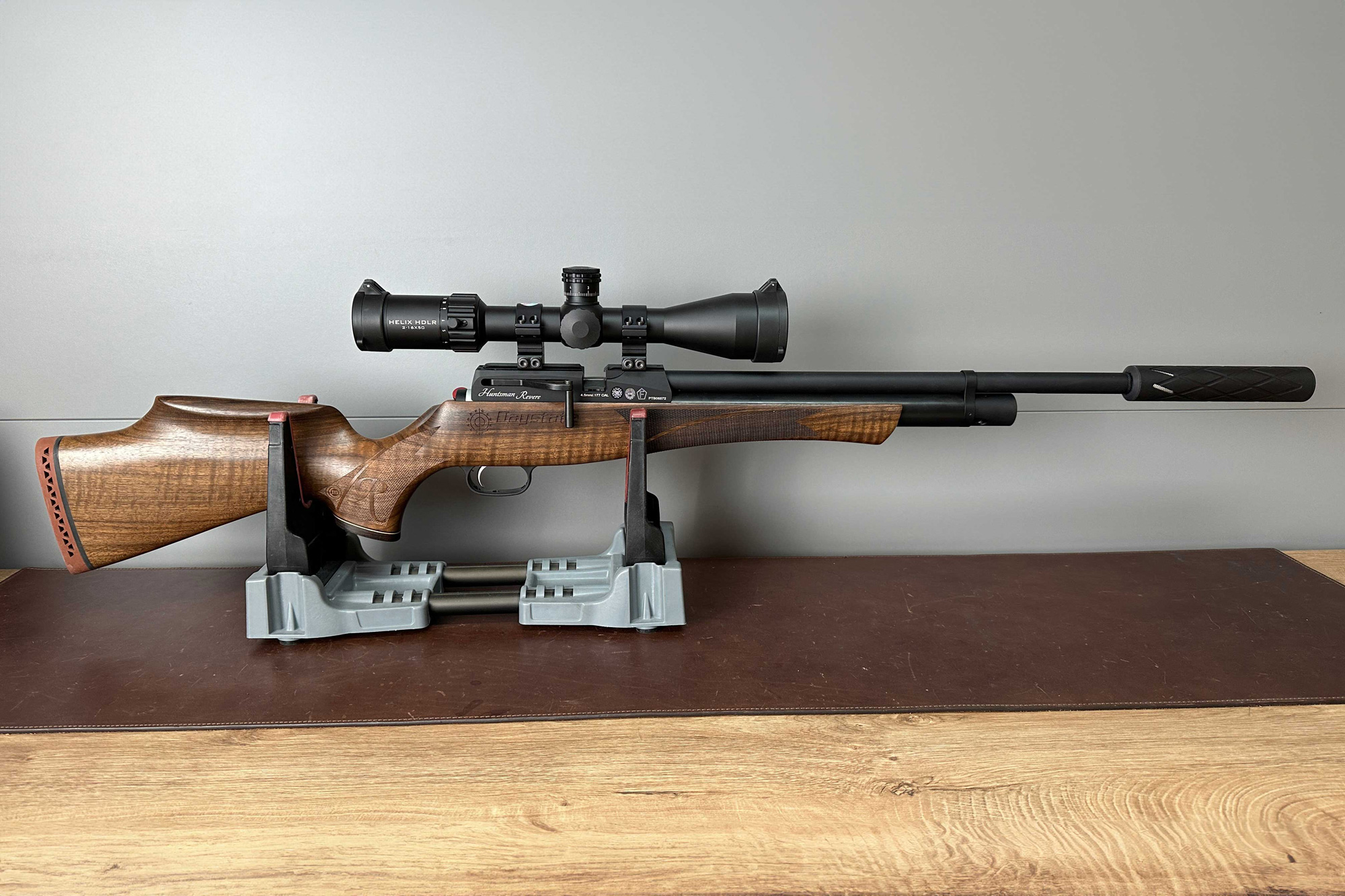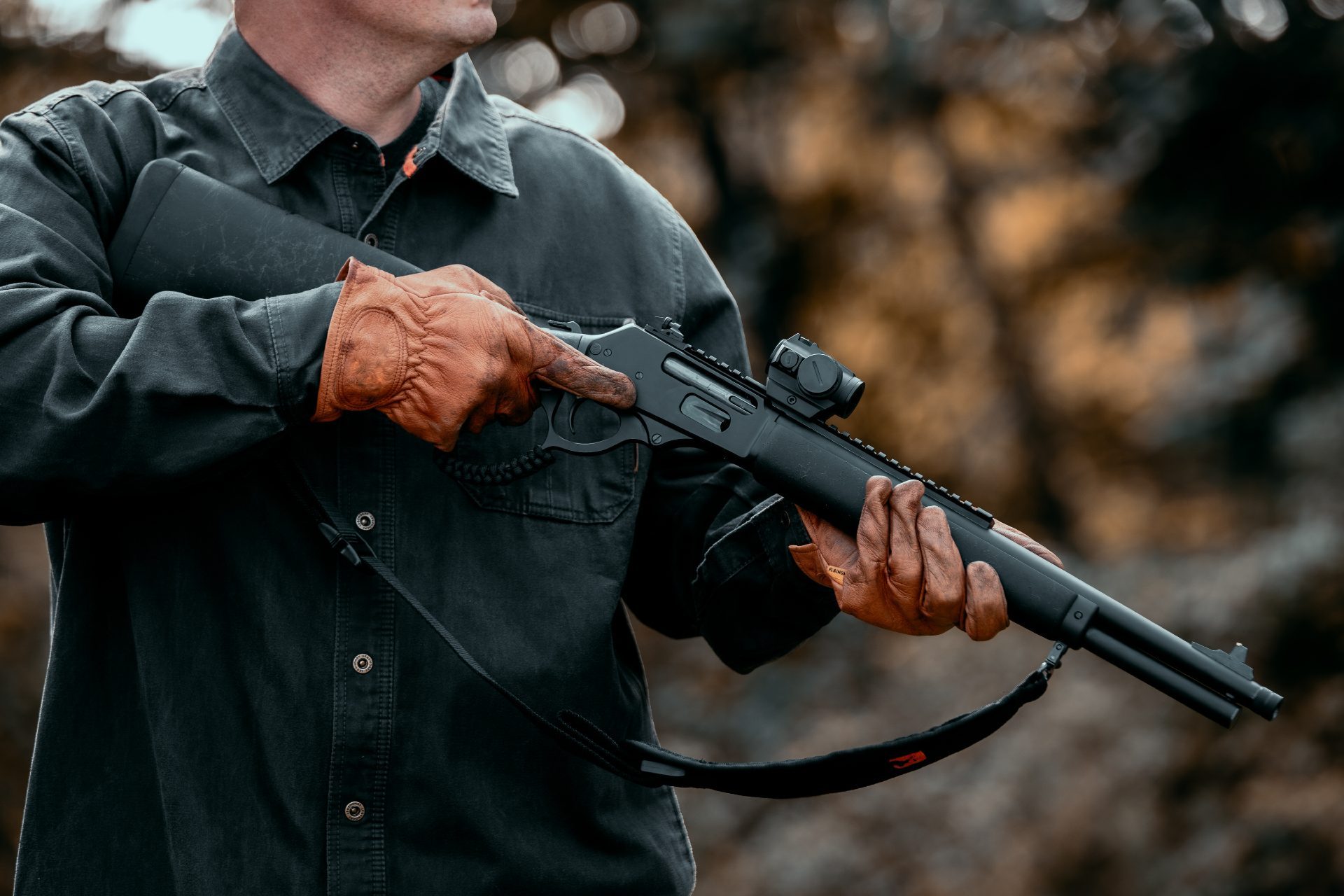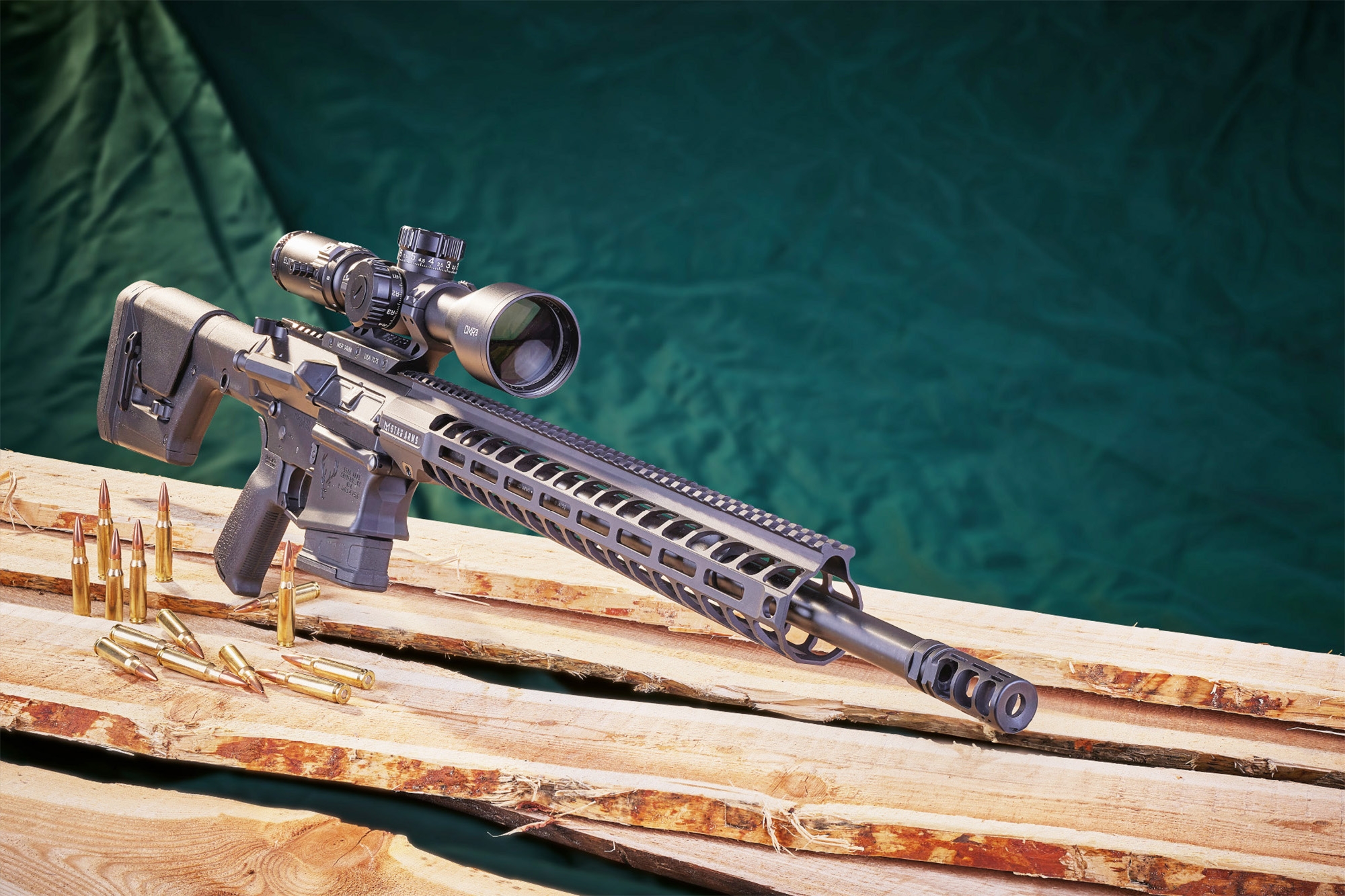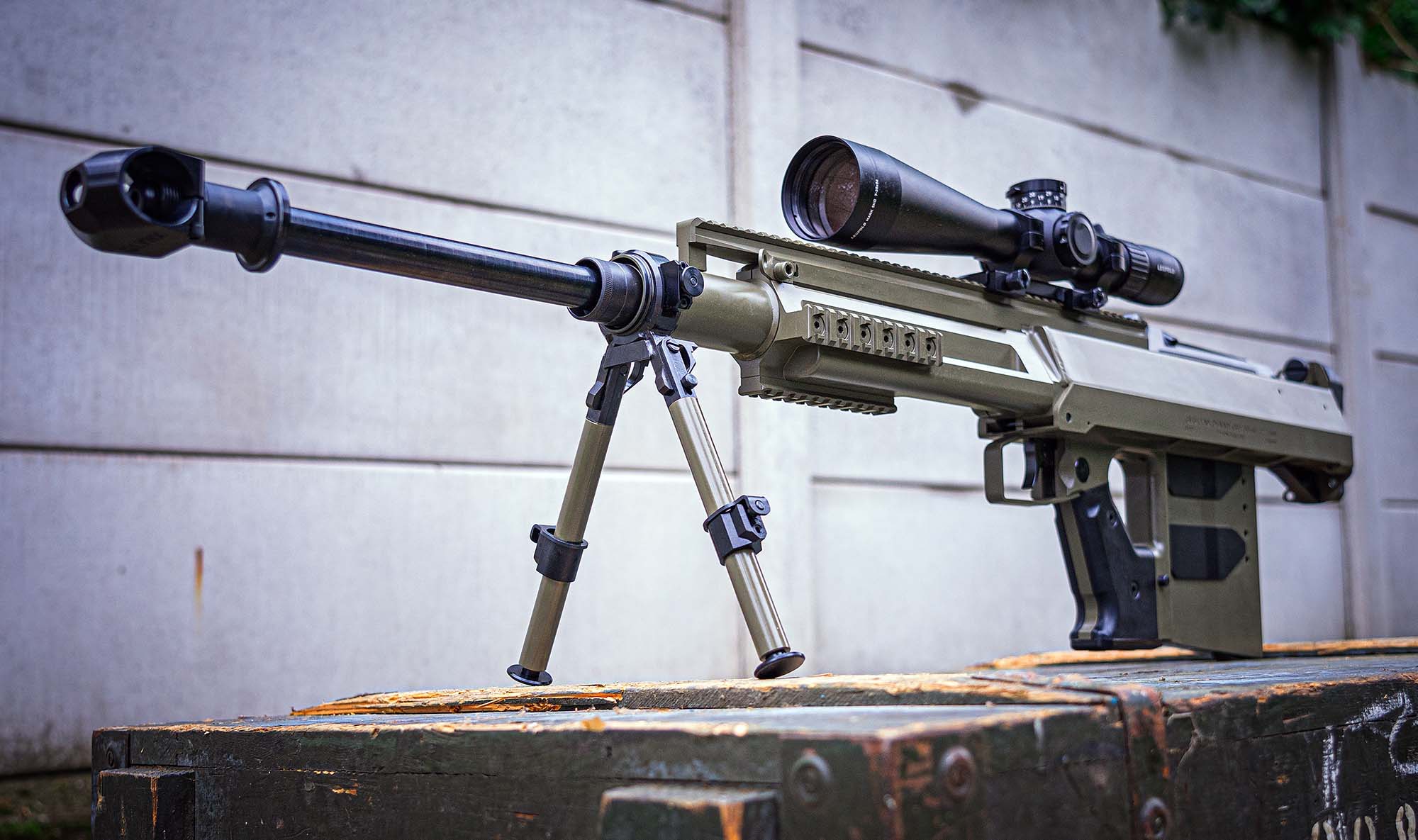There is some agitation, and a bit of confusion, in the US armed forces about what will be the rifle that will replace, sooner or later, the 5.56 mm M16/M4 series after fifty years since its intoduction. The United States Marine Corps has indeed issued a new acquisition notice for up to 50,814 M27 Infantry Automatic Rifles (IAR).
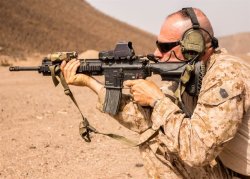
The M27 is a 5.56mm weapon produced by Heckler & Koch and based on their HK416 rifle, already tested by the US Army in 2006-2010 and currently used by some US military forces. The USMC fielded the M27 in 2010 in relatively small numbers to replace some of the M249 light machine guns in the Corps' inventory. Now it seems that they want to adopt the M27 as their standard issue infantry rifle.
The only problem is that this decision comes while the US Army only last June released a solicitation for a new selective-fire infantry rifle (the so-called Interim Combat Service Rifle program) to replace the M4, chambered in 7.62 mm on top of that!
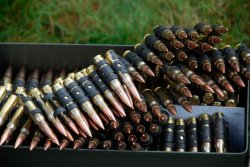
Actually, we are not even sure about what rifle the USMC could acquire, since theirs is just a pre-solicitation notice and other companies can submit their own proposals. Moreover, in the last few years Heckler & Koch developed various new models of the HK416, such as the HK416A5, that could be more interesting than the original M27. The biggest issue is the caliber, anyway. The Army Interim Combat Service Rifle program should be in the 7.62x51 mm caliber (7.62mm NATO), while the USMC M27s (or whatever the model) will be in 5.56x45 mm. So, not only two different weapons, but chambered in two completely different calibers too.
A strange choice 7.62 vs 5,56mm
It's not altogether clear why the Army is looking for a 7.62 rifle. Officially, they lament the fact that the 5.56mm M855A1 round cannot penetrate improved ceramic body armors, more and more encountered on the battlefield. But the standard-issue 7.62 M80A1 round cannot penetrate ceramic armor either. Only armor-piercing (AP) ammo can defeat that kind of protection, and AP 7.62 rounds cost four or five times more than a standard 7.62 round. That's why they can't be expected to be general issue. Not to say that similar tungsten-cored AP 5.56mm rounds will penetrate ceramic body armor just as 7.62 mm AP ammunition.
A soldier armed with a 7.62 mm rifle will also be at a disvantage because of the weight (larger caliber weapons are havier), he will bring less ammo with him (larger caliber rounds are also heavier and take more space), and he will need more training because 7.62 mm rifles have much more recoil than 5.56 mm ones. At the end of the day, it would be like going back to early-Vietnam M14s. What the benefits of such a choice are, is yet to be explained.
It's weird to see different US armed forces moving in opposite directions. Something similar happened some years ago with field camo uniforms, with the Army choosing the unfortunate ACUs and the Marine Corps, Navy and Air Force going for their own patterns. But the issue is: having each force wearing a different camo uniform is just ridiculous, having each force armed with different weapons of different caliber is quite absurd.
09.14.2017



